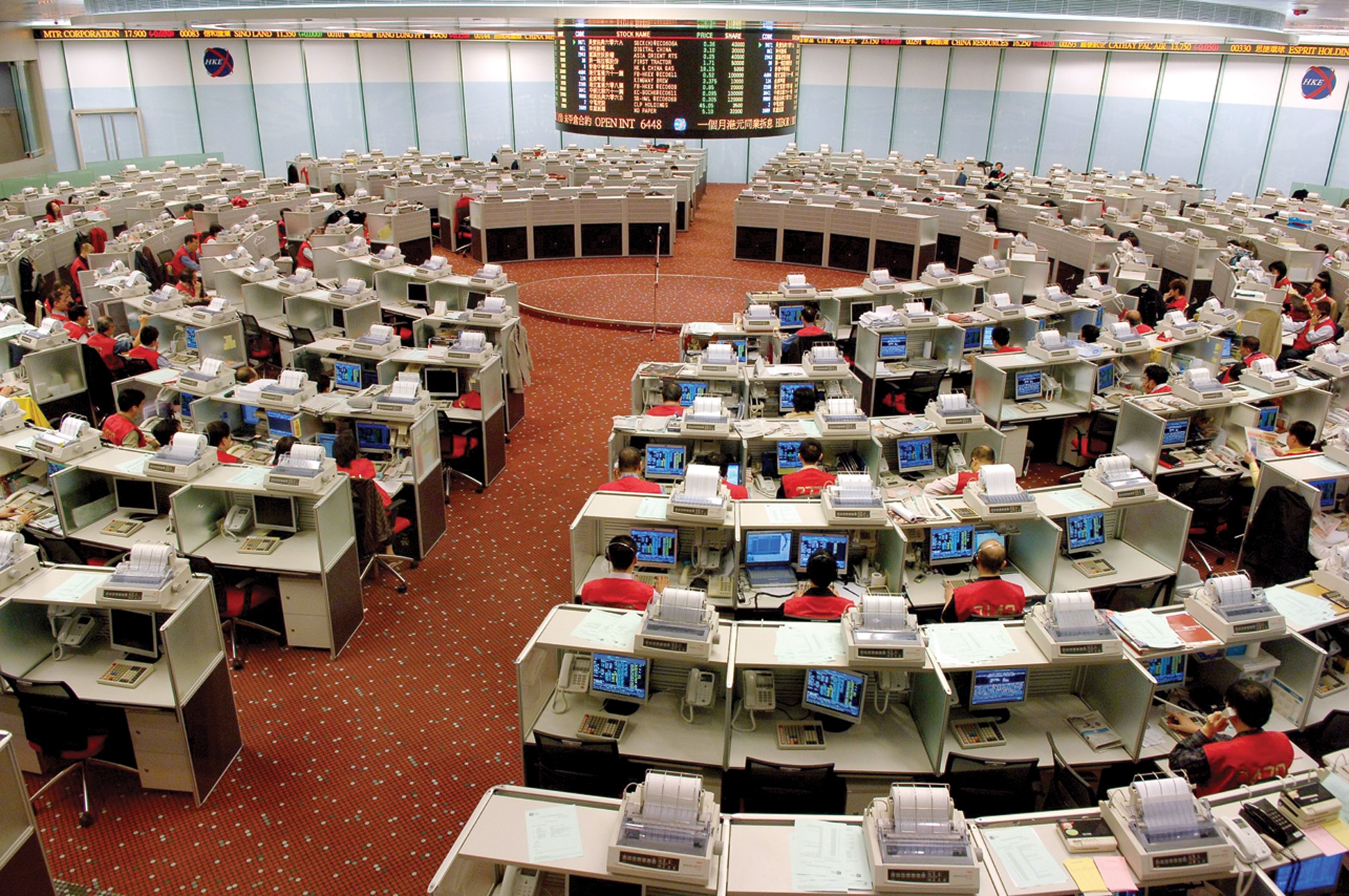The ETF Connect, bridging Hong Kong and China's ETF markets, has been delayed -- again.
Regulators are exploring cross-listing as a potential alternative.
Smaller ETF providers oppose cross-listing, as it is expensive.
The launch date of the long-awaited ETF Connect between Hong Kong and China remains unknown as the regulators in the two markets have yet to resolve some technical issues and are studying the feasibility of using cross-listing as a substitute in case the initial idea is not workable.
Most ETF managers in Hong Kong welcome the ETF Connect that it will help boost the overall market capacity by diverting more Chinese capital into international ETFs listed in the city, but some small players are concerned about the expensive operational cost if the programme is finally operated in the form of cross-listing.
The ETF Connect, which was unveiled by Hong Kong Stock Exchange Chief (HKEX) Executive Officer Charlies Li in 2016, is an extension of the existing Stock Connect and Bond Connect programme that allows international investors in Hong Kong and Mainland investors to wager on ETFs listed on each other market.
Mr Li had previously anticipated that the programme will go live by 2018, but Christina Choi, a senior executive of Hong Kong's financial regulator Securities and Futures Commission, said in a financial forum last November that regulators in China and Hong Kong have not finalised a timeframe because of many technical issues, such as the differences in settlement mechanisms.
Ms Choi added the regulators are looking into various alternatives, including cross-listing under the mutual recognition of funds (MRF) scheme, which enables Hong Kong and Chinese fund managers to distribute their fund products in each other's jurisdictions.
Although details of the connect programme have not been announced, HKEX emphasises that connecting issuers and investors in China and Hong Kong via ETF Connect remains a key HKEX market development priority, and the exchange remains focused on delivering a successful ETF Connect.
According to Chris Pigott, head of Hong Kong ETF services at US financial service provider Brown Brothers Harriman, cross-listing between the China and Hong Kong markets will resolve the access issue, but it could be a "more operationally burdensome and costly" programme given the need to support new listings, which may require local servicing and market making.
It will become clearer how complex the operating model will be once additional details are available related to the programme specifically for the creation and redemption workflows, Mr Pigott says.
Some small-sized, resource-strapped ETF managers are reluctant to participate for cost concerns.
A manager from a Hong Kong-based ETF provider opines that the company will not consider join the ETF programme if it is launched as MRF, saying that the cross-listing initiative does not look attractive to small players as it is expensive to relist their ETFs in China in consideration of the high listing and distribution cost.
However, the cross-listing initiative is unlikely to be a deterrent for large players. ETF providers with the offerings tracking Hong Kong and international benchmark indices have been keen to tap into China's onshore market as Mainland individual investors have stronger appetite to diversity their investments overseas.
According to John Sin, head of asset servicing for Greater China of BNY Mellon, the prolonged delay of the launch and the possible change for the ETF Connect are creating challenges to ETF issuers with respect to their business plan including their product development and distribution strategy.
Apart from the difference in the settlement convention between Hong Kong and China, Mr Sin highlights that market makers would also need to find an effective way to hedge the underlying markets if the ETF is tracking non-Asian markets.
With the experience of the other connect programmes, Mr Sin expects the ETF Connect will help attract new issuers and broaden the scope of ETF products in Hong Kong, but it will take time to build AUM and market breath.
He anticipates the market growth will accelerate in the long run once investors are familiar with the programme as Chinese investors look for gaining exposures to other market for product diversification purpose.
There were 126 ETFs and leveraged and inverse products listed in Hong Kong as of November 30, 2018 with total market capitalisation of HK$$314.6 billion (HK$40.3 billion), according to the figures from HKEX.


